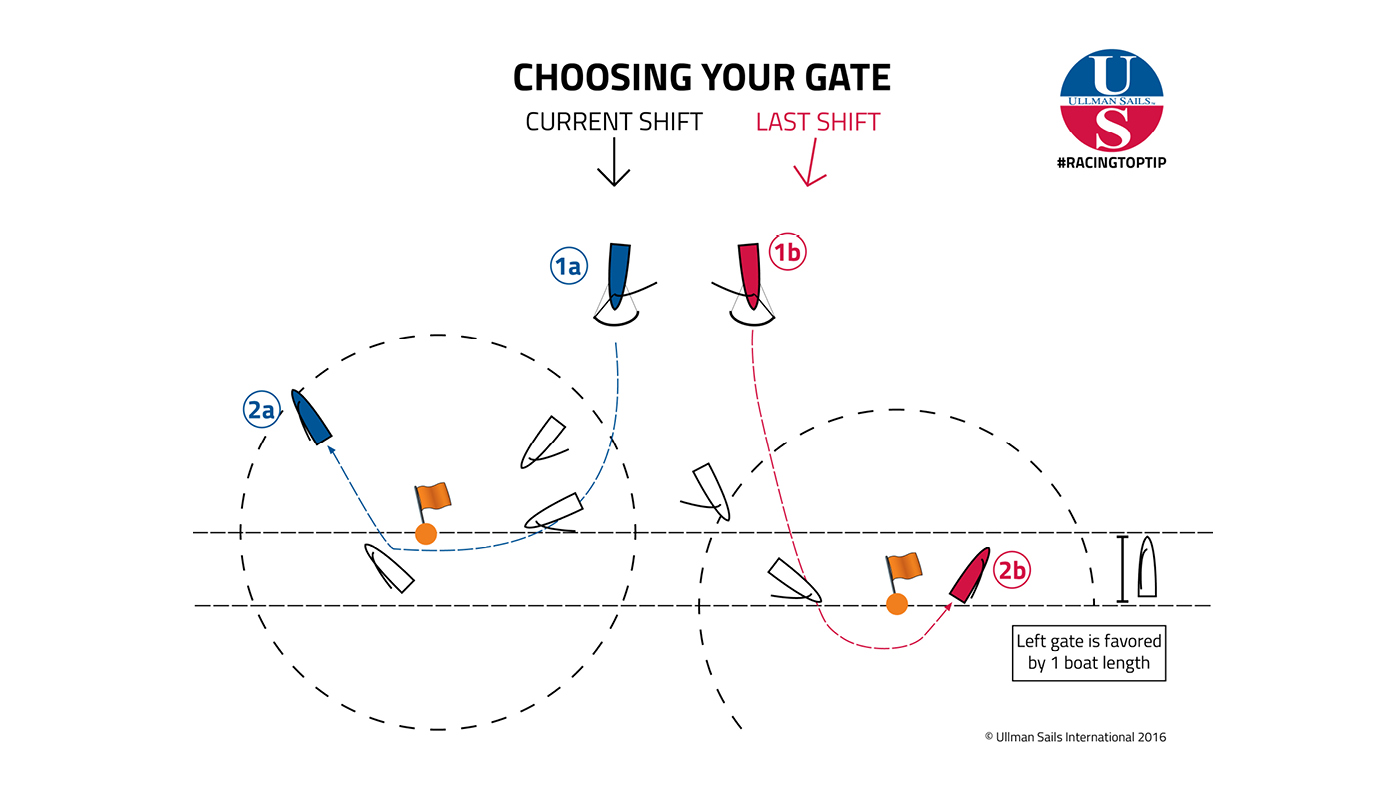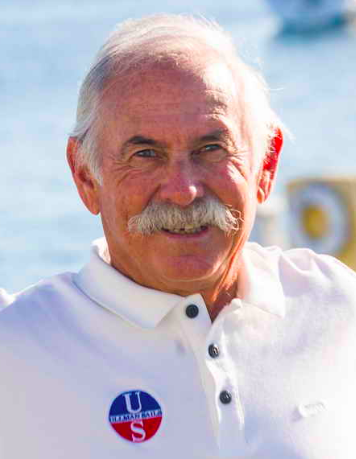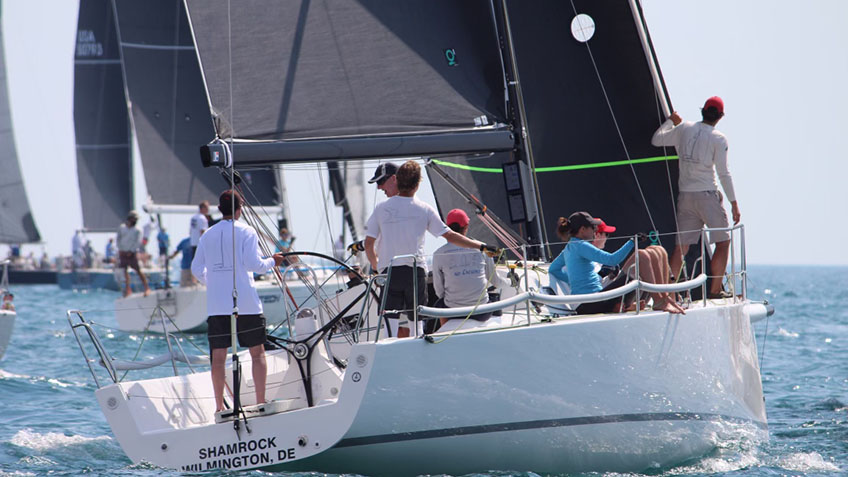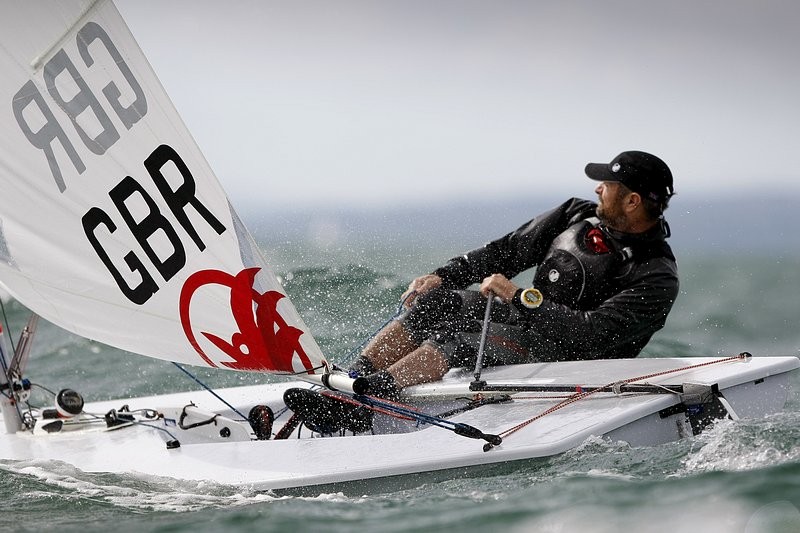When racing on windward-leeward courses with leeward mark gates, Dave Ullman explains the process in deciding which mark to round.
Here’s the situation. It is blowing 15 knots and the wind recently shifted 5 degrees. What are you doing and looking for now?
At a leeward gate, one mark is always favored for your team. Your favored mark is typically the one that is further upwind, gets you to the side of the course you want to be on, allows you to come out of the rounding in-phase, and/or allows you to best navigate the bad air caused by teams flying spinnakers.
A great time to determine which mark is further upwind is at the beginning of the weather leg, immediately after the start. As you pass the marks take note of their respective positions. Of course, on the downwind leg you should verify this information.
As you approach the leeward gate, the tactician should know what the wind direction is and what the shifts have been. As you can see in the diagram, a slight wind shift can result in one gate being a boat length (or more) further downwind. Remember – that distance also needs to be made up by sailing an extra boat length of distance upwind (as seen in 2b).
If the gates are truly even, round the gate for the side you want – if you want the right side, round the right gate. Only in instances where you are immediately behind a competitor should you split and round the mark that is opposite the side you want before tacking back at the first opportunity. This is done to ensure you have clear air for as long as you need.
Also, a common misconception is that the mark closest to you on the downwind leg is the mark that you should round. This is not a factor in determining which gate is favored. If you have to sail a little extra distance to get to the favored mark, do it!
For more from Dave Ullman and Ullman Sails, click here....





